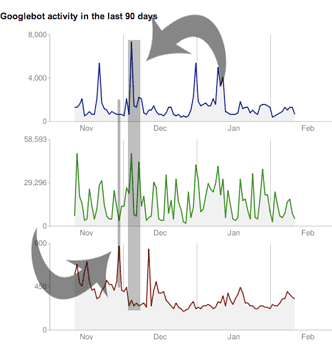Recently Microsoft announced their all new search engine Bing. Coined as a “decision search engine”, Bing has certainly started off on the right foot providing one of the best search experiences of any previous Microsoft search engine and arguably of other major players in the field.
What is a decision based search engine?
Unlike Google who ranks websites based on popularity, Microsoft’s new Bing search engine attempts to understand what you are actually looking for. For example, if you were to type “digital camera” into Bing you will see a list of categories on the left hand side. Click the Shopping category to quickly see product reviews, comparisons and price. What’s more, your category selection is remembered so that each time you do a search for a product, you are taken directly to the Shopping category once again.
Bing helps you make decisions on any number of questions you may have. For example, type in “flights from boston to san francisco” and you will be able to quickly see when the best time to travel is, how much a flight would cost and what the best price is. Microsoft has attempted to bring features from dozens of other websites under one easy to use search engine including stocks, shopping, local maps and more.
Optimizing your website for Bing.com
With an estimated $80 million dollar marketing budget Microsoft will no doubt be attracting more and more users to its new search engine. Unlike MSN search and Live search, Bing brings innovation and much needed improvements to the search industry. So how you can you optimize your website for Bing?
Lets first take a quick look at Bing’s search results. Howevering your mouse over a search result in Bing reveals a popup window with a quick preview of the listed page. This isn’t a full web page preview like other search engines may provide. Instead, Bing attempts to grab the most relevant portions of a website so searchers can quickly decide whether or not they would like to visit it.

Bing website description
This means, having the number one spot for a search result may not always provide the most amount of visitors. Here are some tips for optimizing your website for Bing.com;
- With the new page summary features, ensuring you have enticing content on your page will allow you to be able to attract more visitors from the search results page.
- Ensuring all of your pages have enough text on them with your targeted keywords. Initial studies show that having larger blocks of text near the top of your page results in better page summaries.
- Keeping anchor text (text used to link between pages) consistent for important pages so they show up under the ‘Also on this page’ section.
- Local search results are getting more and more important so be sure to include your address on your website.
- Create your XML Sitemap file and submit it to Bing Webmaster Tools.
How can RAGE Software’s SEO products help?
Sitemap Automator will work flawlessly with Bing.com to get your website noticed by Bing as well as all other major search engines.
XML Sitemaps created with Sitemap Automator are still the best way to get your website listed in all major search engines.
SERank is being updated as we speak to include support for Bing.com. A new version will be available in the next few days so you can easily track your website’s success in Bing.com’s search results.
Domainer is still an invaluable tool for tracking your domains and websites, finding link partners and discovering how successful your competitor’s website’s are.


